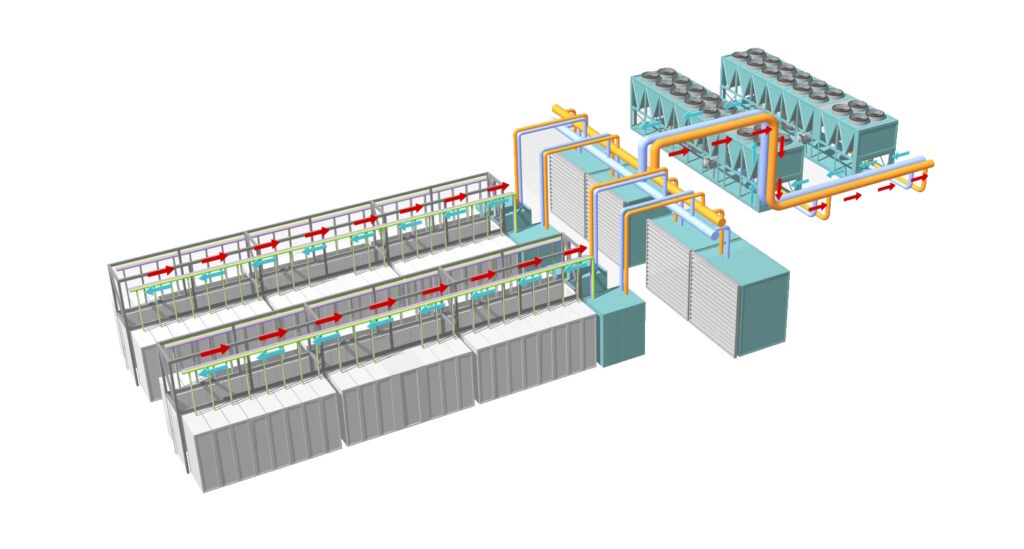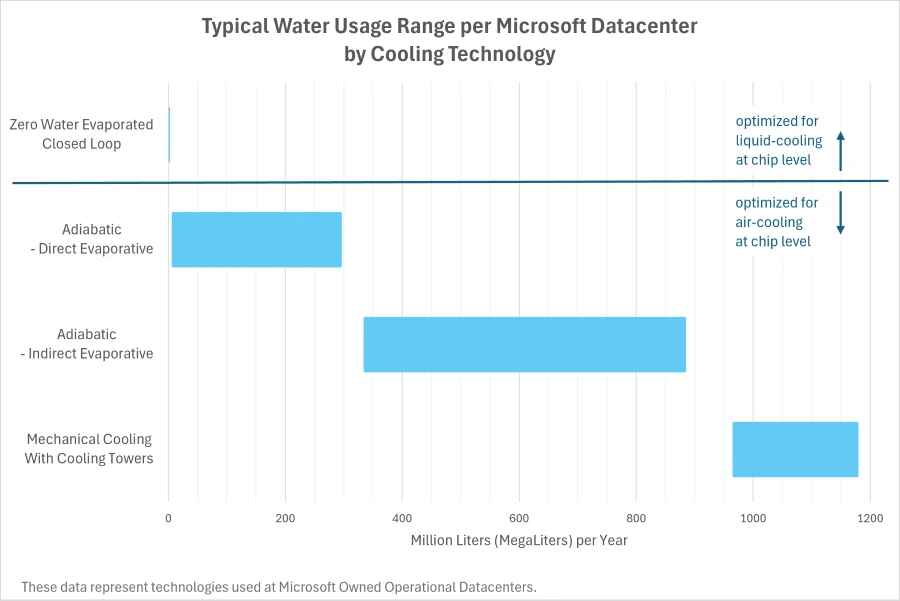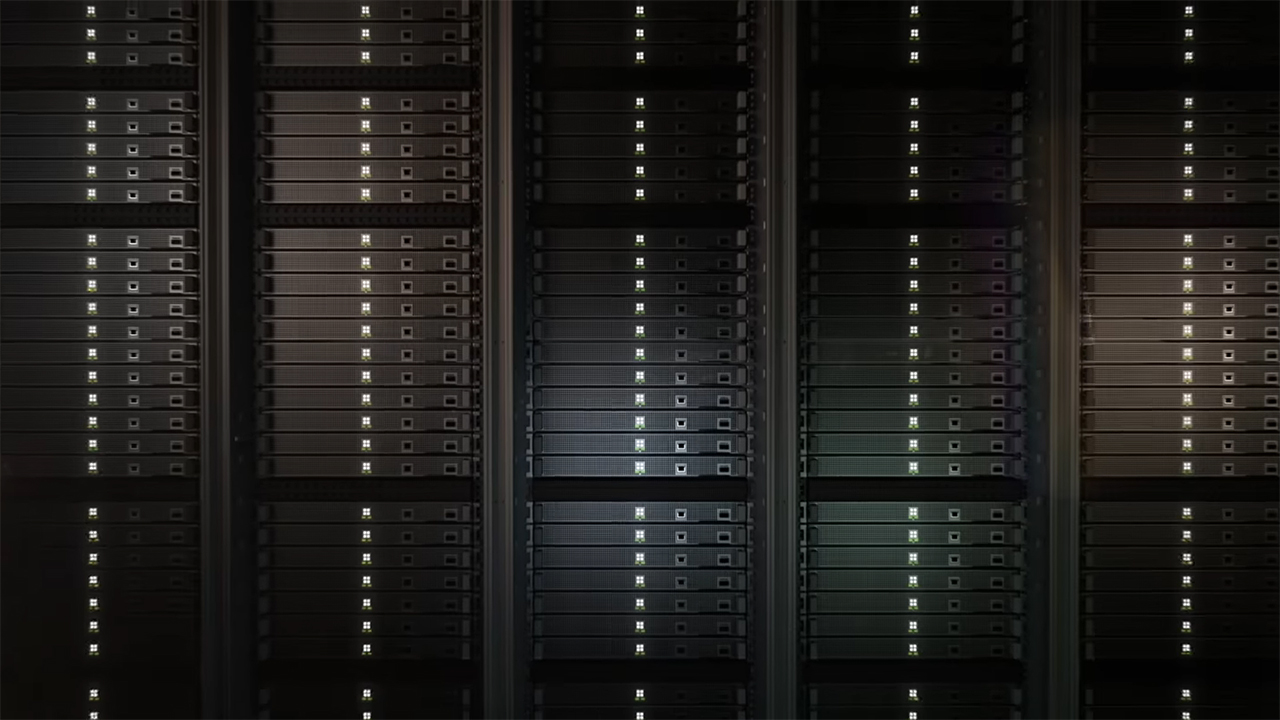Microsoft is taking a groundbreaking step toward sustainable technology by incorporating water-free cooling systems into all new data centers built after August 2024.
These systems, expected to save 125 million liters of water per facility annually, represent a critical innovation as global water resources face increasing strain. The first centers using this system are expected to open in Phoenix, Arizona and Mount Pleasant, Wisconsin by 2026.
Recycled water helps
The new liquid cooling technologies used by Microsoft recycle water in a closed loop. Once filled during construction, the system continuously circulates water between servers and chillers to dissipate heat without requiring a fresh water supply.
Microsoft explained that once the system is filled during construction, the water will continuously circulate to cool the servers without the need for additional fresh water.


The zero water cooling initiative coincides with Microsoft's rapid AI-driven expansion as the company scales its infrastructure to support generative AI workloads like ChatGPT's. These workloads require enormous computing resources and increase the company's energy and resource needs.
Balancing AI expansion with environmental responsibility
Microsoft's ambitious AI growth plan has seen the company double its GPU capacity over the past year and expand its data center footprint to 98 global locations. In April 2024, Microsoft announced plans to double its data center capacity by mid-2024 and add over 200 megawatts of electricity per month.
These efforts solidify Microsoft's position as a leader in AI technology, but also highlight the tension between technological advancement and environmental sustainability.
Generative AI models based on thousands of GPUs running simultaneously are known for their high energy consumption. Critics argue that while waterless cooling represents a step forward, the power demands of AI workloads could threaten the overall sustainability of Microsoft's initiatives.
Zero water cooling efficiency
Traditional data center cooling systems often rely on the evaporation of millions of liters of fresh water to dissipate heat generated by servers. Microsoft's Zero Water Cooling technology replaces this with a closed-loop system that circulates water between servers and coolers, maintaining optimal temperatures without evaporation.
This system dramatically reduces water consumption after an initial setup phase during construction.


Microsoft monitors its data centers using Water Usage Effectiveness (WUE) and Power Usage Effectiveness (PUE), key metrics for sustainability. In the last financial year, the company achieved a WUE of 0.30 L/kWh, a 39% improvement over 2021. The introduction of waterless cooling is expected to reduce this value to almost zero for facilities using this technology.
However, replacing evaporative cooling with mechanical systems can slightly increase the PUE, which measures energy efficiency. Microsoft says: “Our latest chip-level cooling solutions will allow us to use warmer temperatures for cooling than previous generations of IT hardware, allowing us to reduce power consumption through highly efficient, economical coolers with elevated water temperatures.”
Timber Construction: A Complementary Approach to Sustainability
Microsoft also recently announced the use of cross-laminated timber (CLT) in the construction of two new data centers in Virginia. CLT, a prefabricated material made by vertically layering wood, provides strength comparable to steel while reducing construction emissions by up to 65% compared to concrete-heavy structures.
The Virginia projects retain concrete foundations and steel beams for structural integrity, but the integration of CLT reflects Microsoft's efforts to reduce the environmental impact of construction.
While this shift to sustainable materials is laudable, critics argue that it eliminates only a fraction of the carbon footprint associated with Microsoft's AI infrastructure, which is dominated by operational emissions from energy-intensive workloads.
A sustainable vision for the future
Microsoft's multi-layered sustainability strategy combines immediate solutions such as zero water cooling and CLT design with experimental approaches such as liquid immersion cooling. These efforts demonstrate the company's commitment to addressing environmental challenges while expanding its AI capabilities.
By combating water scarcity, reducing construction emissions and optimizing energy efficiency, Microsoft is setting a precedent for green innovation in the technology industry. However, as AI continues to grow, the question remains: Can sustainability keep pace with technological advances?
